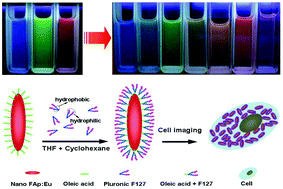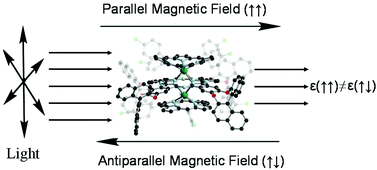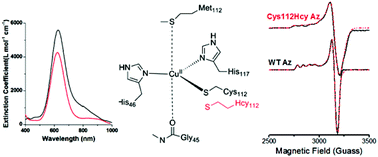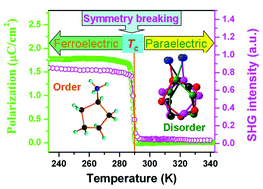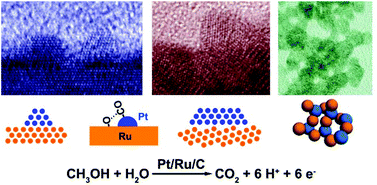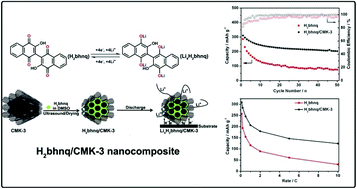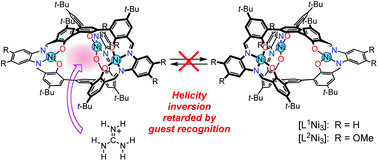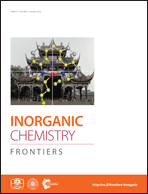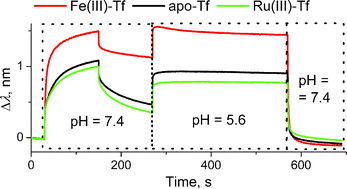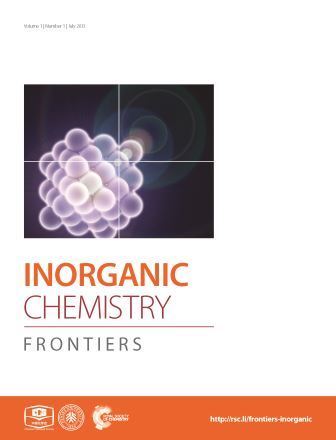

To mark the launch of Inorganic Chemistry Frontiers, a collaborative journal between the Chinese Chemical Society and Peking University (PKU), a new series of international symposia will take place annually in different countries. The aim is to bring together the world-leading scientists to communicate and discuss advancing research in inorganic chemistry as well as in interdisciplinary areas between inorganic chemistry with materials science, energy, nanoscience, catalysis and biochemistry.
The symposia are supported by Inorganic Chemistry Frontiers and the first meeting is being organized by the Royal Society of Chemistry and the College of Chemistry and Molecular Engineering, PKU. It is a one-day FREE event and will feature a selection of lectures focusing on the inorganic chemistry research, given by internationally renowned speakers.
Date and Venue: 27 February 2014; Central multimedia lecture (room Z201), College of Chemistry and Molecular Engineering, PKU, Beijing, China.
To find out more about the speakers and programm, please visit the website in English or in Chinese, or simply contact us at InorgChemFrontiersED@rsc.org. Welcome to join us on this exciting event!
为了庆祝《无机化学前沿》期刊的创办,第一届“无机化学前沿国际论坛”将于2月27日于北京大学化学与分子工程学院隆重举行。
此次论坛为期一天,将关注无机化学领域及无机化学与纳米科学,材料科学,能源科学,催化和生物化学等交叉研究领域的前沿动态,并探讨当今无机化学领域所面临的挑战。希望此次会议能够给国内外科学家们提供一个开放的交流平台,并促进更多的国际合作。
此次论坛将向所有参会人员免费开放。
日期与地点:2014年2月27日,北京大学化学与分子工程学院,C区Z201 中区多功能厅。
欢迎登陆相关网页查看更多关于报告人和会议日程安排的信息(中文网页,英文网页)。如有任何疑问欢迎随时联系我们(InorgChemFrontiersED@rsc.org)。期待您的参与和支持!
Comments Off on 1st Inorganic Chemistry Frontiers International Symposium – 27 February in Beijing


